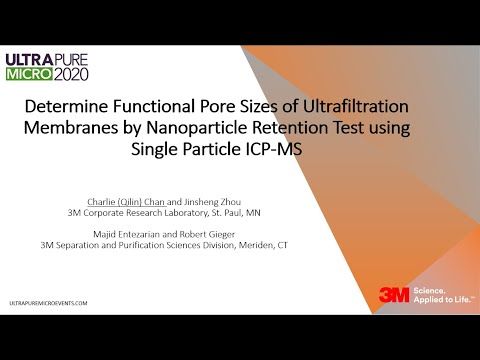Differences Between Double-Pass and Single-Pass RO
Date Published: 2010 | Technical journal archive
Log in or Join UltraFacility to access this content
To access our resources you will need to be a member of UltraFacility, log in to your account or purchase a membership to view this content.
Already have an account? Log in
Large advancements in Reverse Osmosis (RO) membrane formulation, casting and assembly techniques have resulted from the high demand of this system since the 70s. Such improvements have led to more durable and efficient membrane, however it is not possible to produce high-purity water with a single-pass through an RO membrane due to the subsequent treatment required involving a full train or mixed bed Ion Exchange (IX). This article reviews the fundamentals of double-pass RO and includes a comparison to single-pass RO.
Companies:David H. Paul Inc
Authors: Robert Decker
Tags: Ion Exchange (IX)DeionizationReverse Osmosis (RO)Membranes

